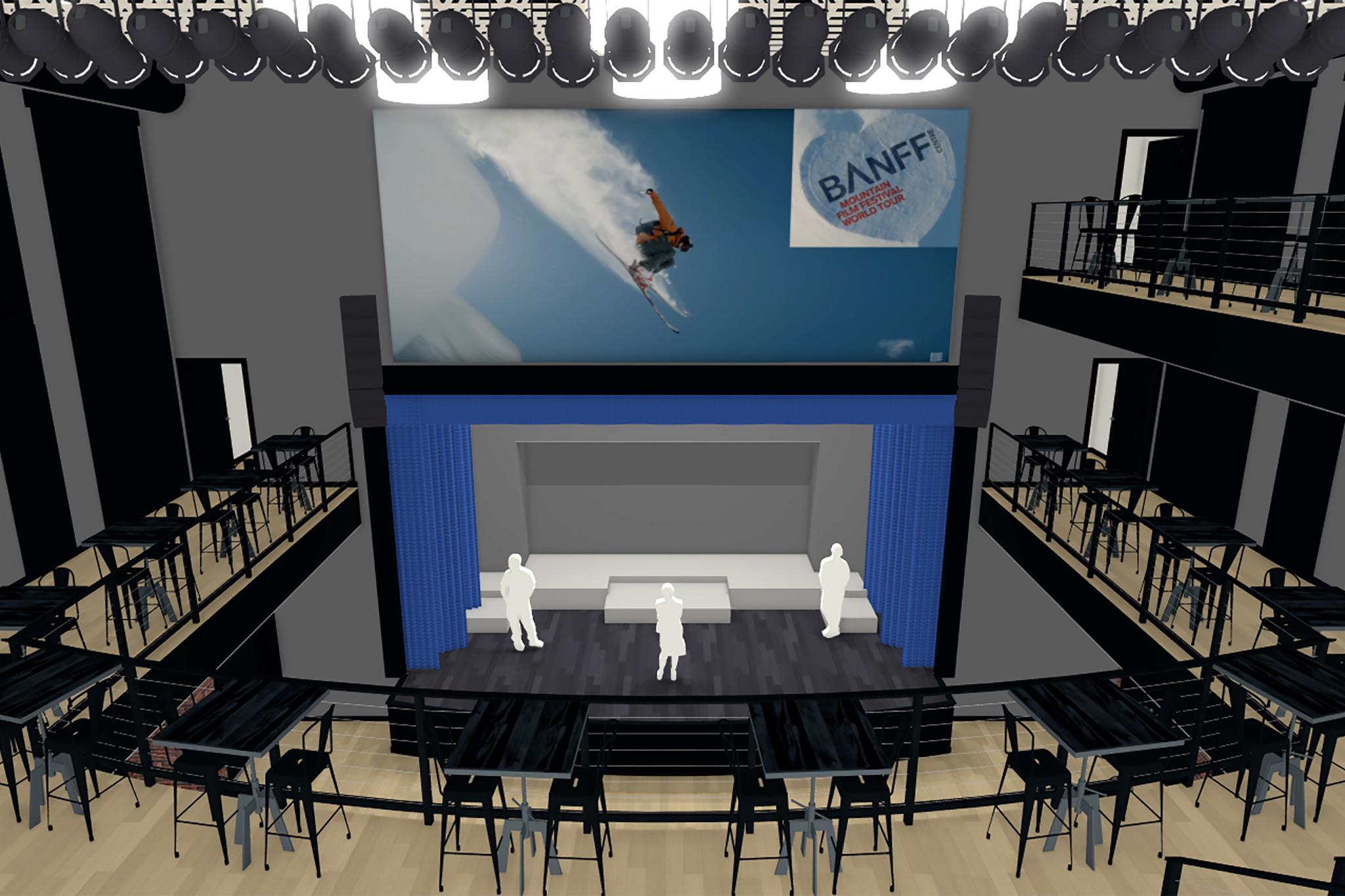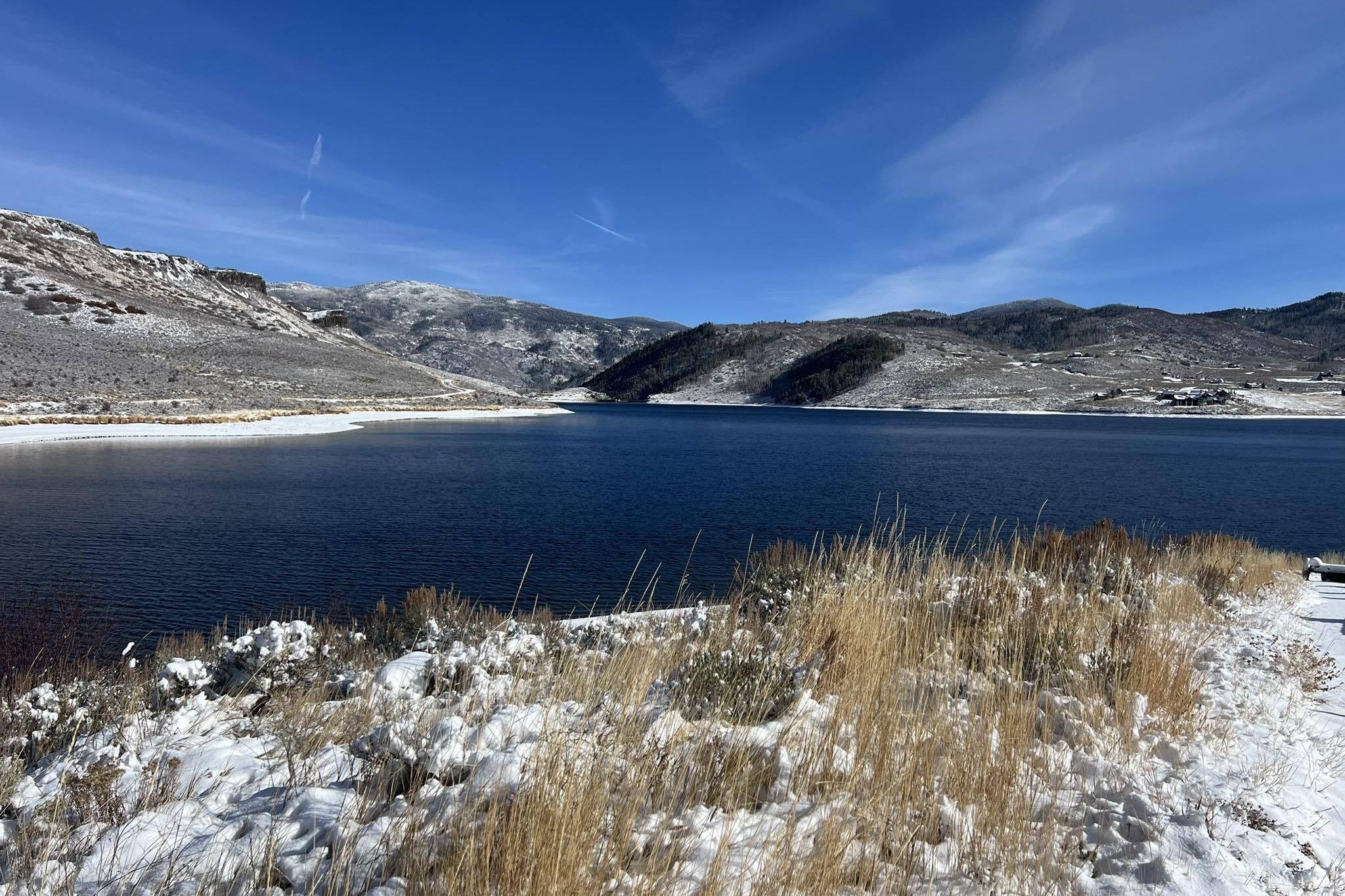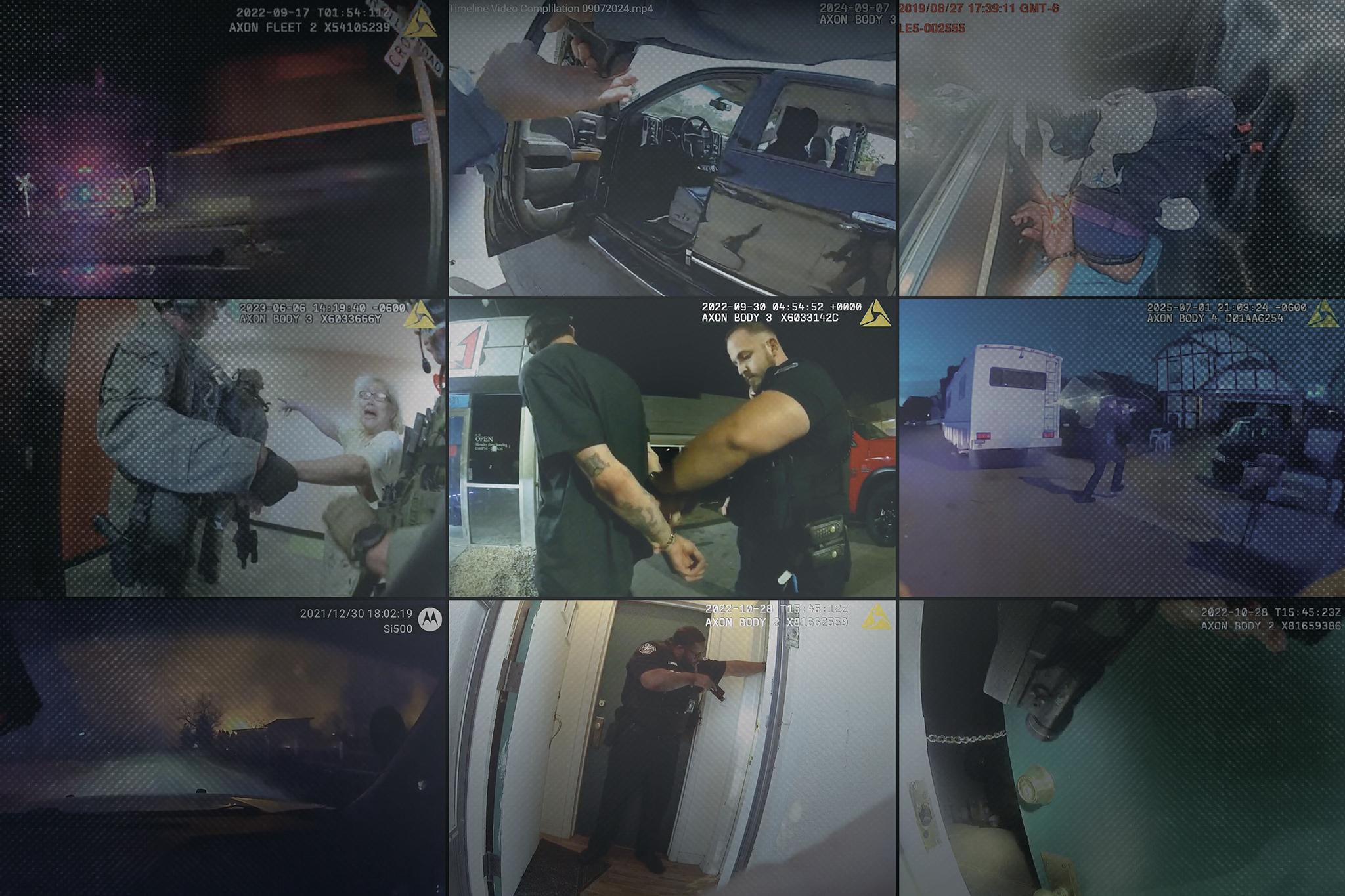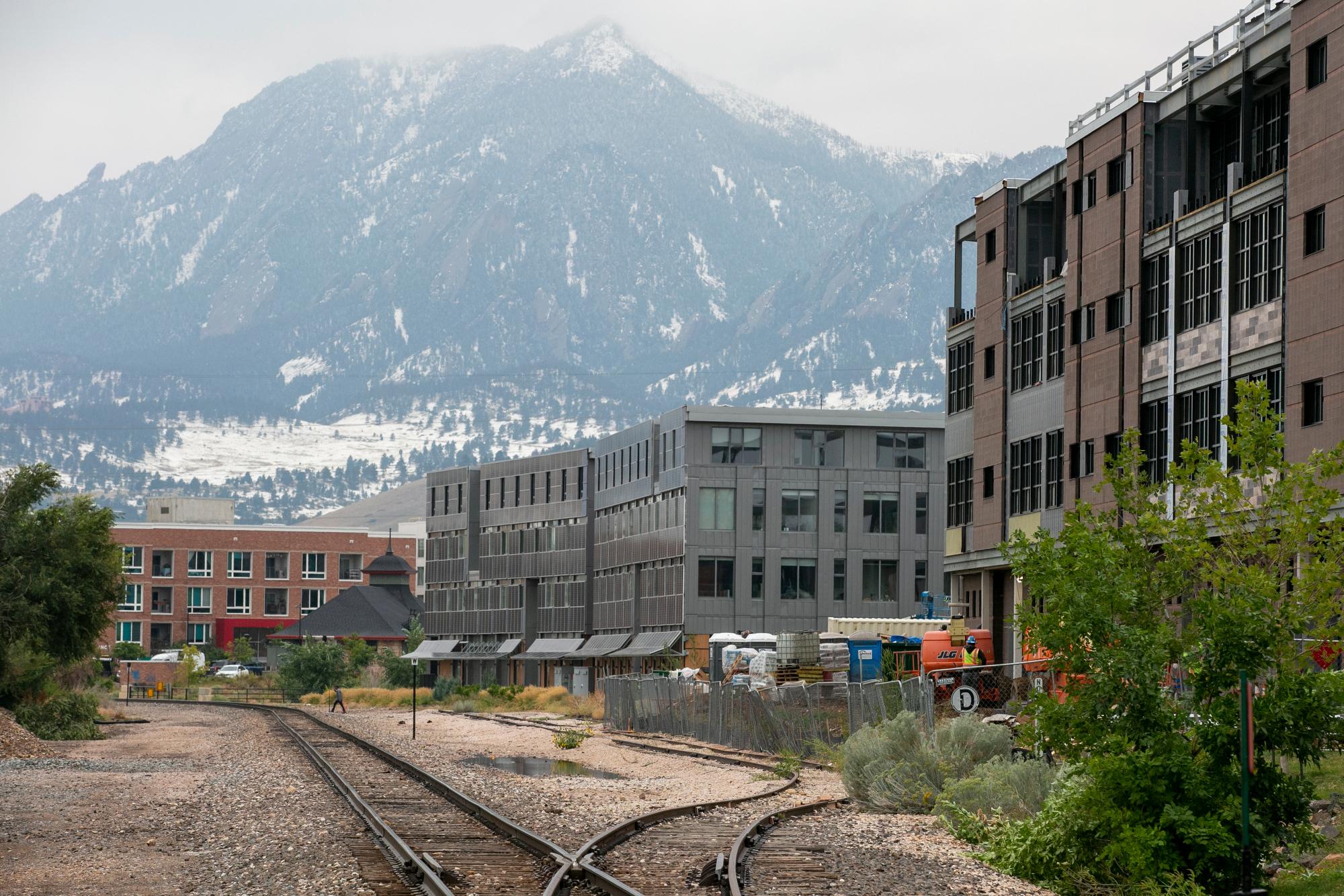
Updated 2:36 p.m.
Voters in Boulder and Longmont have impatiently waited as the Regional Transportation District opened rail line after rail line across the Denver metro in the last seven years, wondering when they'll get theirs.
The answer, in a nutshell, is not anytime soon. The latest forecast puts the earliest opening for a full-capacity line sometime after 2050 — and that was before the coronavirus slashed RTD’s budget and ridership.
But there’s more to the story. Read on for more than you ever wanted to know about RTD’s B Line, the beginnings of which now shuffles between Union Station and Westminster.
Where did the idea come from?
RTD was in a mood to expand in the mid-1990s. The new agency had just opened the first leg of its light rail network between Denver’s Five Points neighborhood and a park-and-ride at Interstate 25 and Broadway. A big expansion plan known as “Guide the Ride” was floated that would be partially paid for by a sales tax increase.
It called for 93 miles of rail on seven new rapid transit lines to destinations including the Denver Federal Center, the Tech Center and Denver International Airport. The U.S. 36 corridor to Boulder was to get some sort of improvement, but the exact form wasn’t nailed down before the vote.
The RTD Board, including then-chair and current libertarian pundit Jon Caldara, didn’t fully support the plan. It was also criticized for not being clear about what would be built, and where. Voters shot it down 58-42 in 1997.
Seven years later, the FasTracks plan was far more specific. RTD prepared a map showing lines stretches across the region. It promised both bus rapid transit between Denver and Boulder, and a commuter rail line between Denver, Boulder and Longmont using diesel locomotives. Voters passed FasTracks 57 to 43 in 2004, putting the plan into motion.
“People need to know what they’re going to get, when they’re going to get it and what the price will be. That is what we learned,” then RTD general manager Cal Marsella told the Denver Post in 2009. “You can’t have uncertainty out there. So we locked in on the plan.”
Other FasTracks lines have opened since 2004. Why not the B Line?
Just three years after FasTracks passed, the bottom fell out of the U.S. economy. That sent sales tax revenues plummeting. The cost of raw materials increased too. The Denver Post also found that RTD used too-rosy sales tax projections and failed to lock in costs for critical rights-of-way.
That would prove to be fatal for the B Line in particular. RTD had estimated in 2004 that they would need to pay BNSF, which owns the rail line between Denver and Longmont that RTD intended to use, just $66 million. That was based on similar land deals made by transit agencies across the country. By 2011, the Denver Post reported, BNSF demanded $535 million upfront. That helped push the cost of the B Line from $461 million to more than $1.5 billion now — and the line’s completion date far into the future, much to the consternation of local residents.
The RTD board had considered asking voters for another tax increase to speed up completion of the line but ultimately didn’t. Meanwhile, it moved ahead on other corridors. RTD received an unsolicited bid for another FasTracks line — the R Line through Aurora — that moved its completion up. A similar bid for the N Line kicked that project into gear too. RTD also chipped in for CDOT’s rebuild of U.S. 36 that led to speedier bus service between Denver and Boulder.
The $2.1 billion Eagle Project, which bundled the A Line to the airport, G Line to Arvada, and the first segment of the B Line to Westminster received a $1 billion federal grant, and the extension of the southeast corridor into Lone Tree also got a large federal grant.
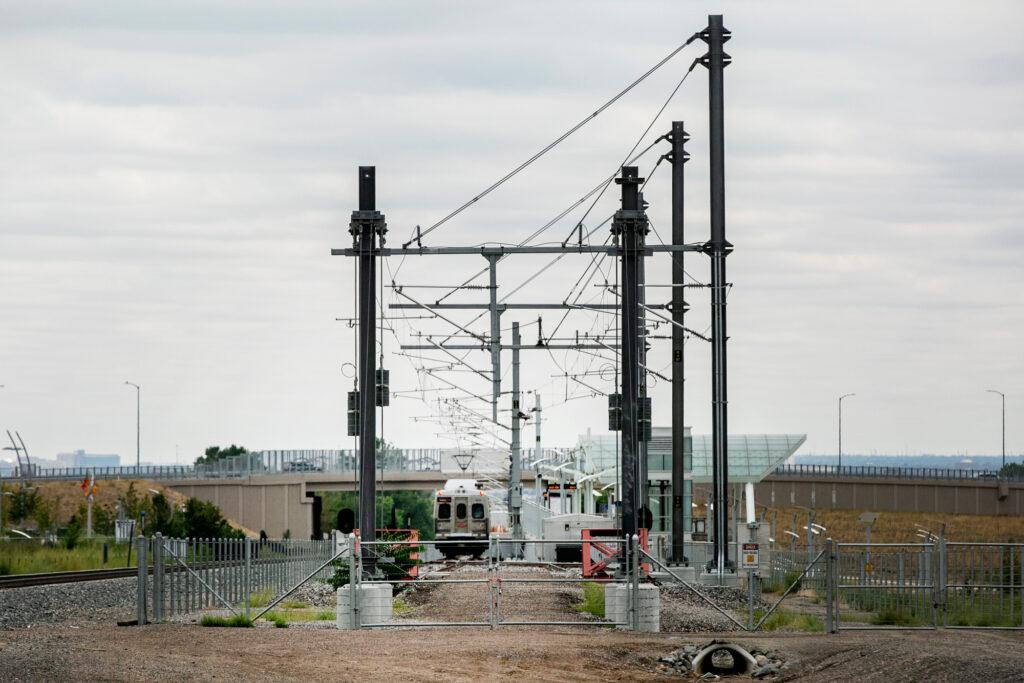
Why not get a federal grant to help build the B Line?
It most likely wouldn’t meet the standards for traditional Federal Transit Administration grants, which include certain benchmarks for congestion relief, land use and cost per trip. In 2016, RTD staff assessed the remaining unfinished FasTracks corridors and found only the Central Rail Extension in Denver’s Five Points neighborhood had a decent shot at a grant.
The Northwest Rail Line’s “modest demonstrated benefits” make landing federal dollars unlikely, according to a 2014 study commissioned by RTD. That study found a fully built out B Line would reduce vehicle miles by only a relatively tiny amount — 63,485 miles a day compared to the 100 million miles driven daily in the region.
Initially, RTD projected between 8,600 and 10,100 passengers on a typical weekday in 2025 and another 16,900 riders on BRT service along U.S. 36. A more recent estimate put daily ridership at 5,400 and just 1,400 for a rush-hour-only service plan.
Those are very low estimates for a project with such a high construction cost, said Jeff Davis, a senior fellow with the Eno Center for Transportation in Washington, D.C.
"Having ridership compared to cost being that low would not necessarily disqualify it,” Davis said. “But it would be a hurdle you'd have to overcome.”
Another strike against federal funding is the relatively high bus ridership on the existing Boulder to Denver and Longmont to Denver express buses. Plus, those buses carry passengers to Denver’s Union Station faster than the B Line would, per the 2014 study.
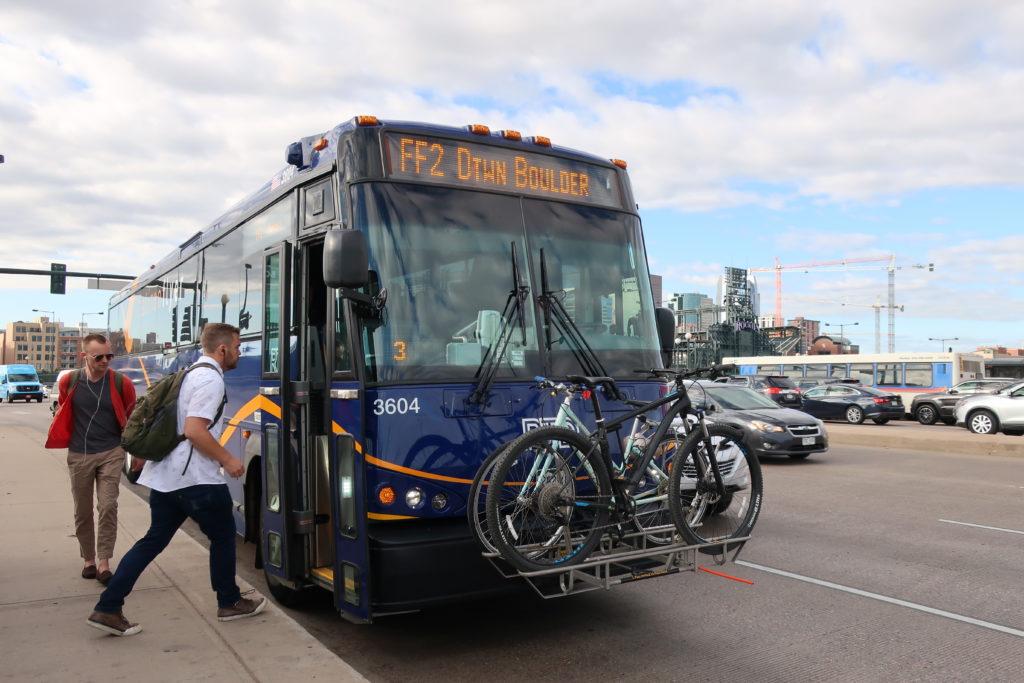
"That doesn't necessarily bode well,” Davis said. “If they are simply leaving the bus to go to the rail, or vice versa, that's not necessarily creating new transit riders.”
More population density along U.S. 36 and in Longmont would create more demand — i.e., higher ridership — that would make the line more likely to get federal funding.
There’s one more issue. A federal grant would likely only cover about half of the construction costs, Davis said. RTD would need to have between $700 million and $800 million of its own money to convince the federal government it could pull off the project — money it does not have right now.
_
_Is it even worth building at this point?
It depends on whom you ask. Northwest area residents and elected officials — including Gov. Jared Polis — are quick to point out they’ve paid higher taxes since 2005 with the understanding they’d get a train in return.
"We voted for it, we paid for it, we need to get it soon,” Boulder County Commissioner Matt Jones said in June.
RTD says Boulder County taxpayers paid $243 million in FasTracks taxes between 2005 and 2019.
Local officials also say rail provides more benefits than express buses, like economic development around stations. They also point out that it would be more reliable in winter weather and variable traffic conditions.
Jones said BNSF has new modeling that shows train service would be faster than the existing bus service. He another other local officials want RTD to pay for a new engineering study that would "represent tangible progress toward completing Northwest Rail."
Transit advocates, meanwhile, say RTD should explore more cost-effective ways of moving people in the area. RTD’s 2014 study on mobility in the northwest metro led to RTD, CDOT and local governments agreeing they should prioritize cheaper bus rapid transit and concluded that the rail line should be treated as a “longer term goal.”
RTD will soon have to decide which is more important. The agency faces a major budget crisis that will likely lead to mass layoffs and sustained service cuts. That’s partially due to the coronavirus, but another cause is a large amount of debt carried on other FasTracks projects.
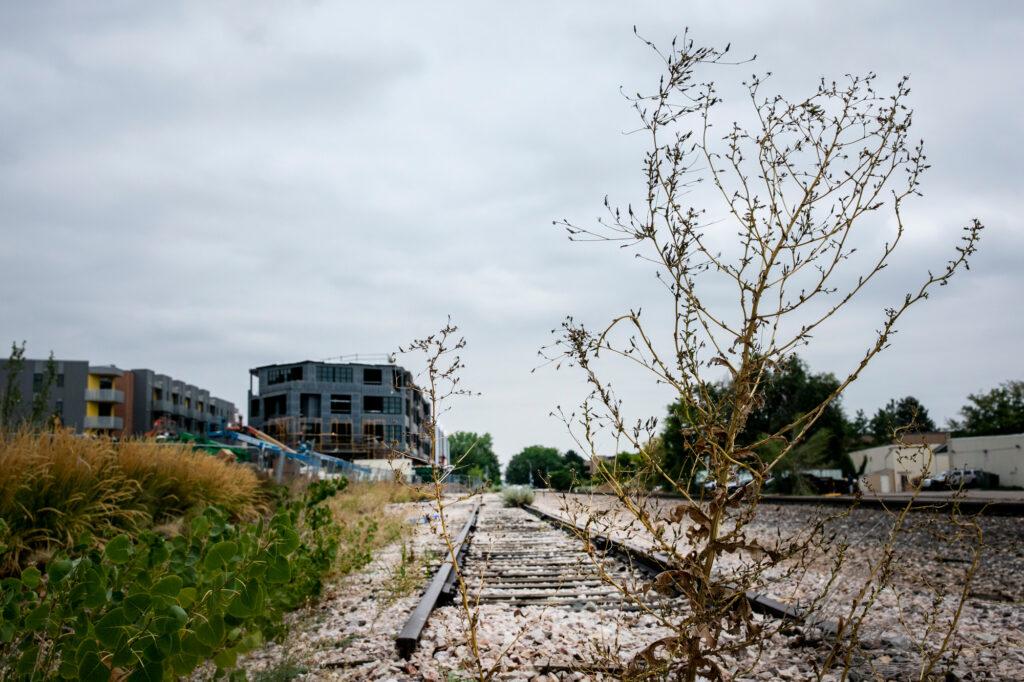
The agency may dip into a savings account for unfinished FasTracks projects, including the B Line, to continue work on a new bus rapid transit line between Boulder and Longmont. The board has also signaled that it’s ready to stop contributing to that savings account until the current financial crisis passes. Either move will push the B Line’s completion date even further into the future.
That’s led some board members to say it’s time to give up on the B Line so RTD can focus on pressing needs now.
“We need a funeral for the train,” RTD board member Shontel Lewis from Denver tweeted recently.
Board members from the northern reaches of RTD’s district are not ready to relent. They’ve repeatedly said the agency needs to keep its promise.
“Voters are still paying taxes for it. And government has no right, in my opinion, when it makes a promise, not to fulfill that obligation,” RTD board member Judy Lubow of Longmont said in 2019. “It's very destructive to democracy.”
How are northwest taxpayers responding to that plan?
About as critically as you’d imagine. Area government leaders sent a letter to RTD leadership in early September saying, “...now is not the time to repurpose these dollars and forfeit on the promises made to regional voters in 2004. RTD must honor prior commitments made to community partners in order to rebuild public trust.”
What are the odds that billions of dollars suddenly appear and make a train line happen?
Not as impossible as you might think. Amtrak, which operates long-haul routes across the country, wants to start more short intra-city lines. They’ve expressed interest in establishing passenger rail service along the Front Range, and one potential corridor would go through Longmont, Boulder and Denver. That project is a long way away from reality, and it’s not clear how RTD would fit into it, but that appears to be the only new potential funding source on the horizon at the moment.



